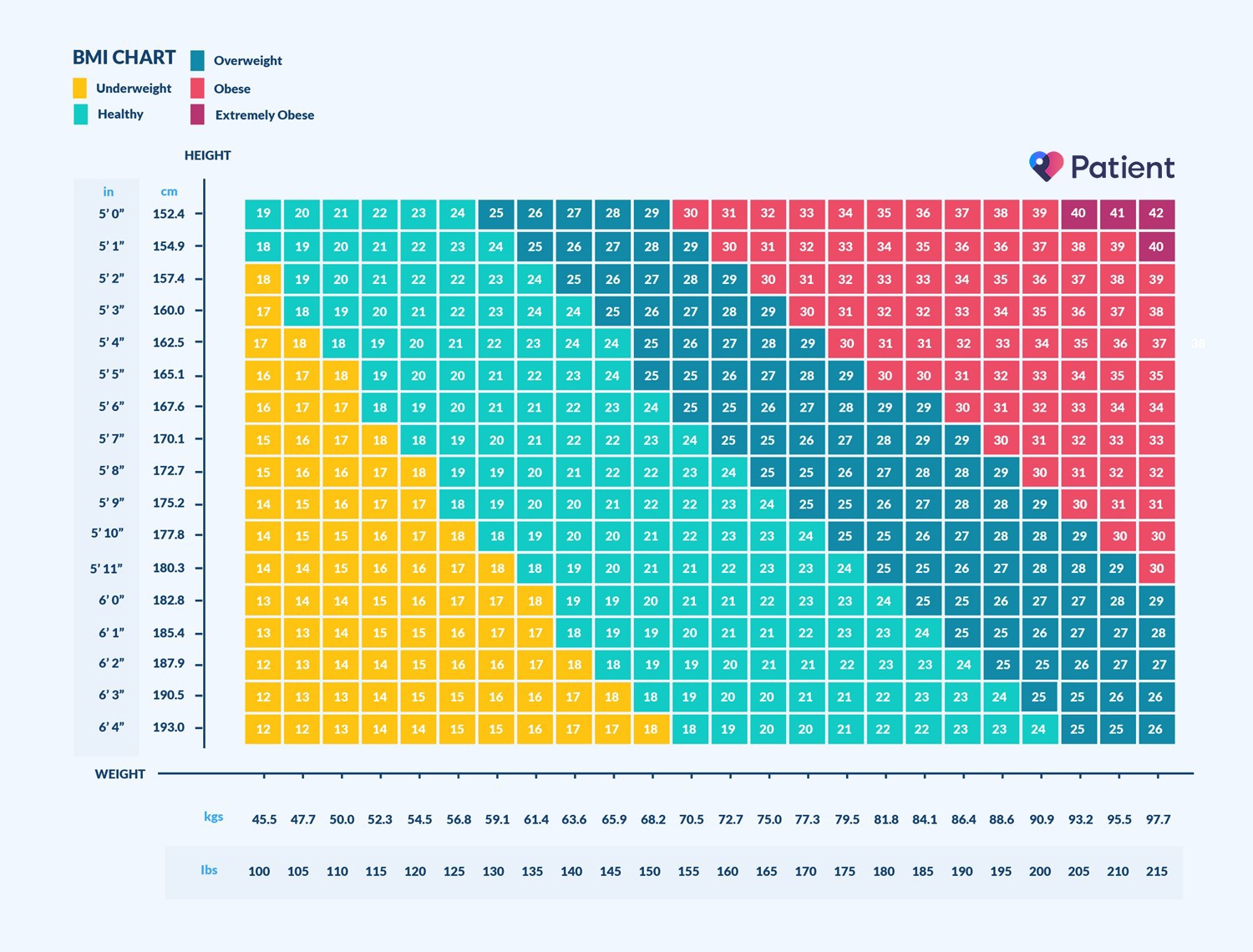Body Mass Index (BMI) is a widely used tool to assess body fatness and determine if a person falls within a healthy weight range for their height. Calculating your BMI is a straightforward process that involves some basic information and a simple formula. In this article, we will guide you through the steps to calculate your BMI accurately, understand its implications, and provide tips on maintaining a healthy BMI.
Step 1: Gather the Necessary Information
Before you begin calculating your BMI, gather the necessary information, which includes your current weight and height in the appropriate units. Ensure your weight is in kilograms (kg) and your height is in centimeters (cm) for accurate results.
Step 2: Convert Height to Meters
Since BMI requires height in meters, convert your height from centimeters to meters by dividing it by 100. For instance, if your height is 170cm, the converted height would be 1.70m.
Step 3: Calculate BMI
To calculate BMI, divide your weight in kilograms by the square of your height in meters. The formula is BMI = weight (kg) / (height (m) * height (m)). For example, if your weight is 70kg and your height is 1.70m, the calculation would be BMI = 70 / (1.70 * 1.70) = 24.22.
Step 4: Interpret Your BMI
Once you have calculated your BMI, it’s essential to understand its meaning. BMI falls into several categories: Underweight (less than 18.5), Normal Weight (18.5 – 24.9), Overweight (25 – 29.9), and Obesity (30 or higher). BMI provides a rough estimate of body fatness and helps assess health risks.
Step 5: Consider Limitations
While BMI is a valuable tool for most adults, it does have limitations. It does not take into account factors such as muscle mass, bone density, or distribution of fat, which can lead to inaccuracies in certain cases. It is essential to combine BMI with other health assessments for a more comprehensive evaluation.
Step 6: Monitor Your BMI Regularly
BMI is not a static measurement and can change over time. To track your health progress, monitor your BMI regularly and compare it to previous results. This can help you make necessary lifestyle adjustments to maintain a healthy weight.
Step 7: Set Realistic Goals
If your BMI falls into the overweight or obesity categories, consult with a healthcare professional to set realistic weight goals. Avoid crash diets or extreme weight loss methods, as they may be harmful to your overall well-being.
Step 8: Focus on a Balanced Diet
Maintaining a healthy BMI involves adopting a balanced and nutritious diet. Consume a variety of fruits, vegetables, lean proteins, whole grains, and healthy fats while limiting processed foods, sugary beverages, and excessive calorie intake.
Step 9: Engage in Regular Physical Activity
Alongside a balanced diet, regular physical activity is crucial for achieving and maintaining a healthy BMI. Aim for at least 150 minutes of moderate-intensity aerobic exercise or 75 minutes of vigorous-intensity exercise each week.
Step 10: Seek Professional Guidance
If you find it challenging to manage your weight or have specific health concerns, seek guidance from a registered dietitian, nutritionist, or healthcare provider. They can provide personalized advice and support to help you reach your health goals.
Conclusion:
Calculating your BMI is a valuable first step in understanding your body’s health status. It provides insights into potential health risks associated with weight. Remember that BMI is a screening tool and not a definitive health diagnosis. By combining BMI with other assessments and adopting a healthy lifestyle, you can make informed decisions to improve your overall well-being and maintain a healthy weight. Always consult with a healthcare professional for personalized advice and support on your health journey.
